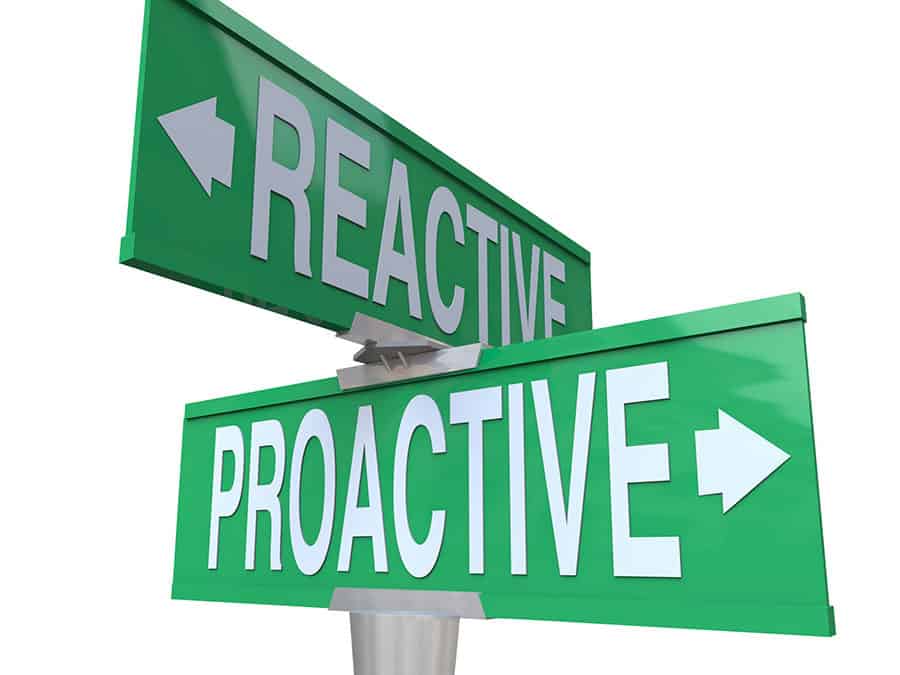Have you ever found yourself leaping into action without considering what results you want? If so you’re not alone. Many leaders tend to act first and ask questions later. Leaders who make the time to effectively pause before jumping into a situation begin to create the balance between knowing what to say, what to do, and how to be.
Let’s look now at the Choose Yourself pursuit in the Six Seconds model. Choose yourself is about building self-management and self-direction. It helps you identify key goals, follow intentions, and proactively solve problems. Emotionally intelligent leaders use the power of the 6-second pause to practice consequential thinking before doing. Ask yourself these key questions when you want to proactively address an issue.
- What outcome do I want in this situation? – Thinking with the end in mind is the intention for this question.
- What am I willing to accept, not accept, or negotiate? – Being clear about the boundaries you’re willing to work within will limit your autopilot responses.
- What would be the impact of my choices? You would want to consider both rational and emotional impact for you, the other person, or the team?
- How do I want (my employee, spouse, friend, etc.) to feel? The hardest feelings are those that you imagine as unsafe and our emotional brain will do anything to resist unsafe feelings.
“We all have emotional intelligence, but that doesn’t mean all our emotions are intelligent,” says Joshua Freedman of Six Seconds. The key is in understanding the difference between emotions that are useful and those that are not to make better decisions. These questions allow you to stay in that inquiry for just minutes (or longer if needed). Let yourself feel the emotions and thoughts that come up. Then, use the power of choice to react to that emotional data. It may be that new commitments are made, arrangements are negotiated, agreements to move on or stay are decided, or a whole new set of possibilities for creating a new future are available to you from the power of choice. As Eleanor Roosevelt once quoted, “in the long run, we shape our lives and we shape ourselves. The process never ends until we die, and the choices that we make are ultimately our responsibility.” This is no doubt the toughest step in the emotional intelligence model.
Many leaders I coach are challenged every day just like you and me. Those committed to increasing their emotional IQ make the conscious effort to process, evaluate, and assess what their emotions are uncovering to make the right choices. Sometimes it requires you to face your biggest challenges and toughest decisions. In the end, you will be a better leader and happier for it. Your family, friends, employees, and colleagues will appreciate it too. It takes courage and commitment to first “know yourself, then choose yourself” on this journey to being smarter about feelings that lead to better choices and better decisions.
Get a Grasp on Your Emotional Intelligence.
Your ability to manage your emotions leads to your level of success. Our Do’s & Don’ts Report will help you determine if your current strategy is working.
Anita, the Passionista, Torres, is co-author of the bestseller “Experts & Influencers: Leadership Series, compiled by Rebecca Hall Gruyter. As a Certified Executive Leadership Coach and Consultant, Anita guides entrepreneurs, business and corporate leaders to communicate simply, to engage teams powerfully, to create inclusive cultures, and to be leaders worth following using the powers of Passion in the Workplace, Emotional Intelligence, and Conversational Intelligence®.
